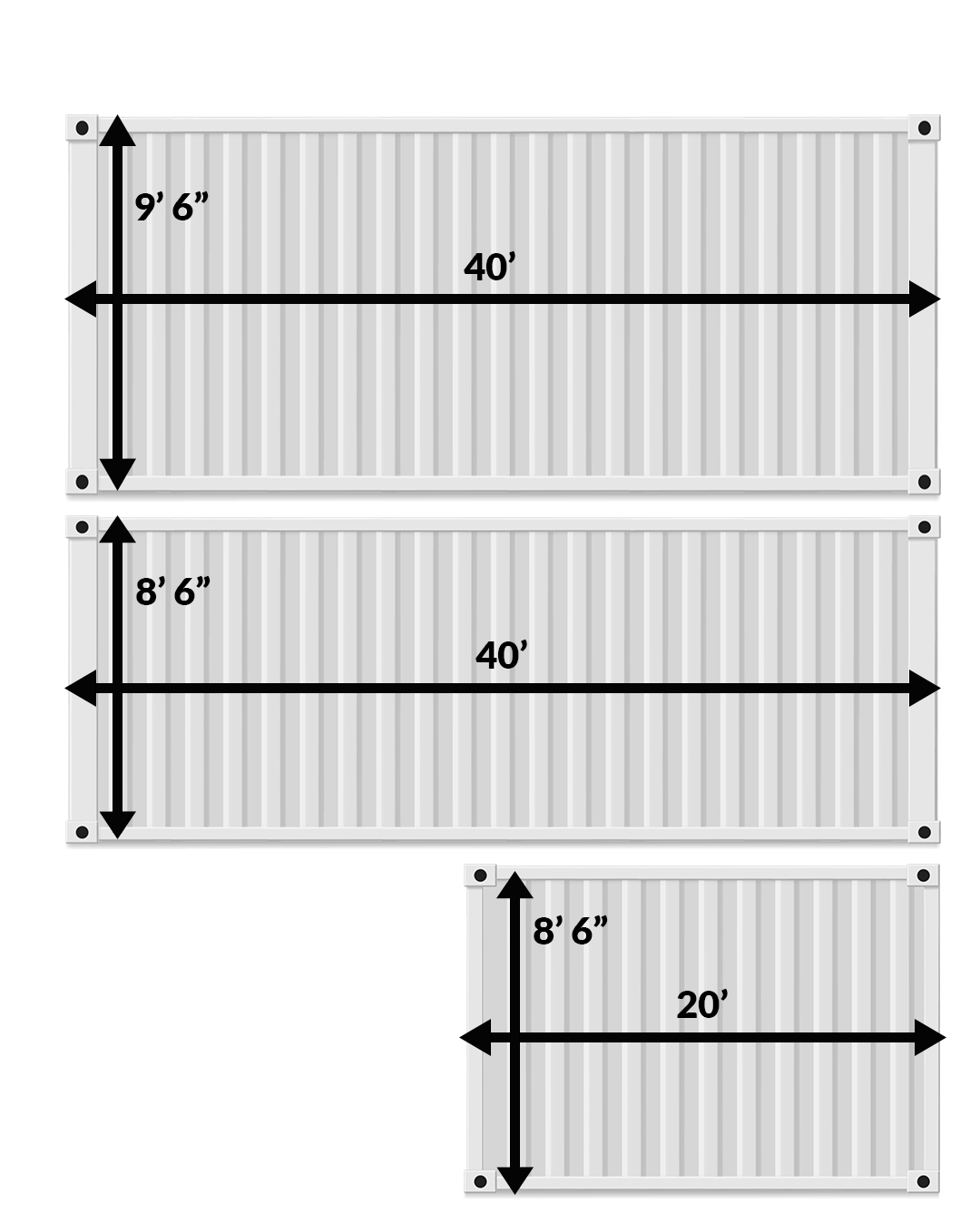FCL & LCL Ocean Freight
Explaining FCL (full container load) and LCL (less than container load) ocean freight shipments.
FCL & LCL Ocean Freight
In the shipping world there are a lot of abbreviations. Two of the most basic in the freight forwarding industry; FCL which means you fill an entire container with your goods and have it shipped, while LCL means your product will be shipped in the same container with other companies’ goods to fill a container.
You can find a full guide of container specifications here.
Here are some important things to consider when choosing whether to ship FCL versus LCL Ocean Freight with GLC.
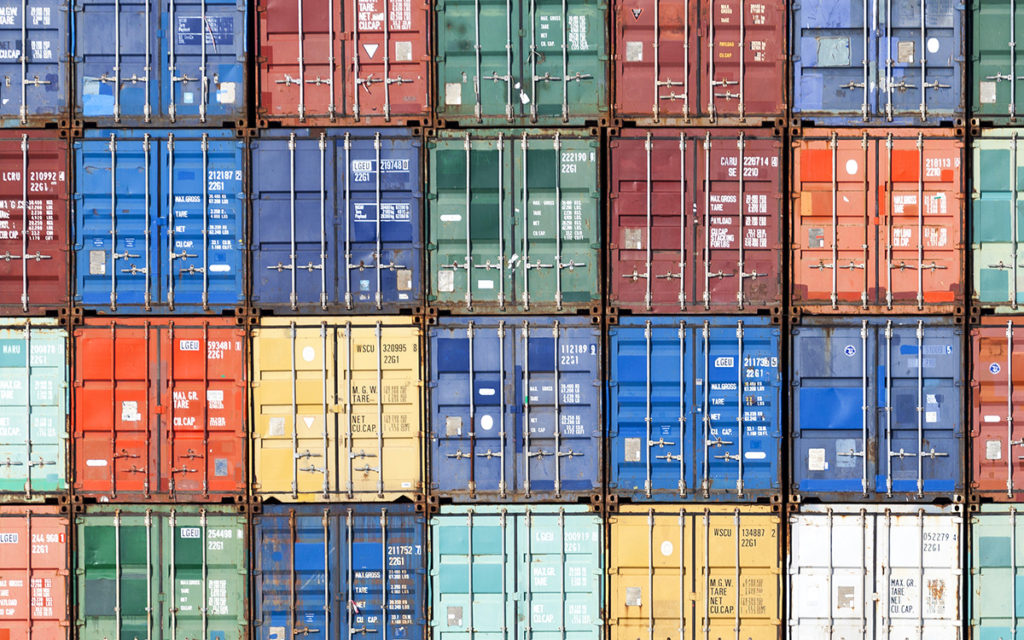
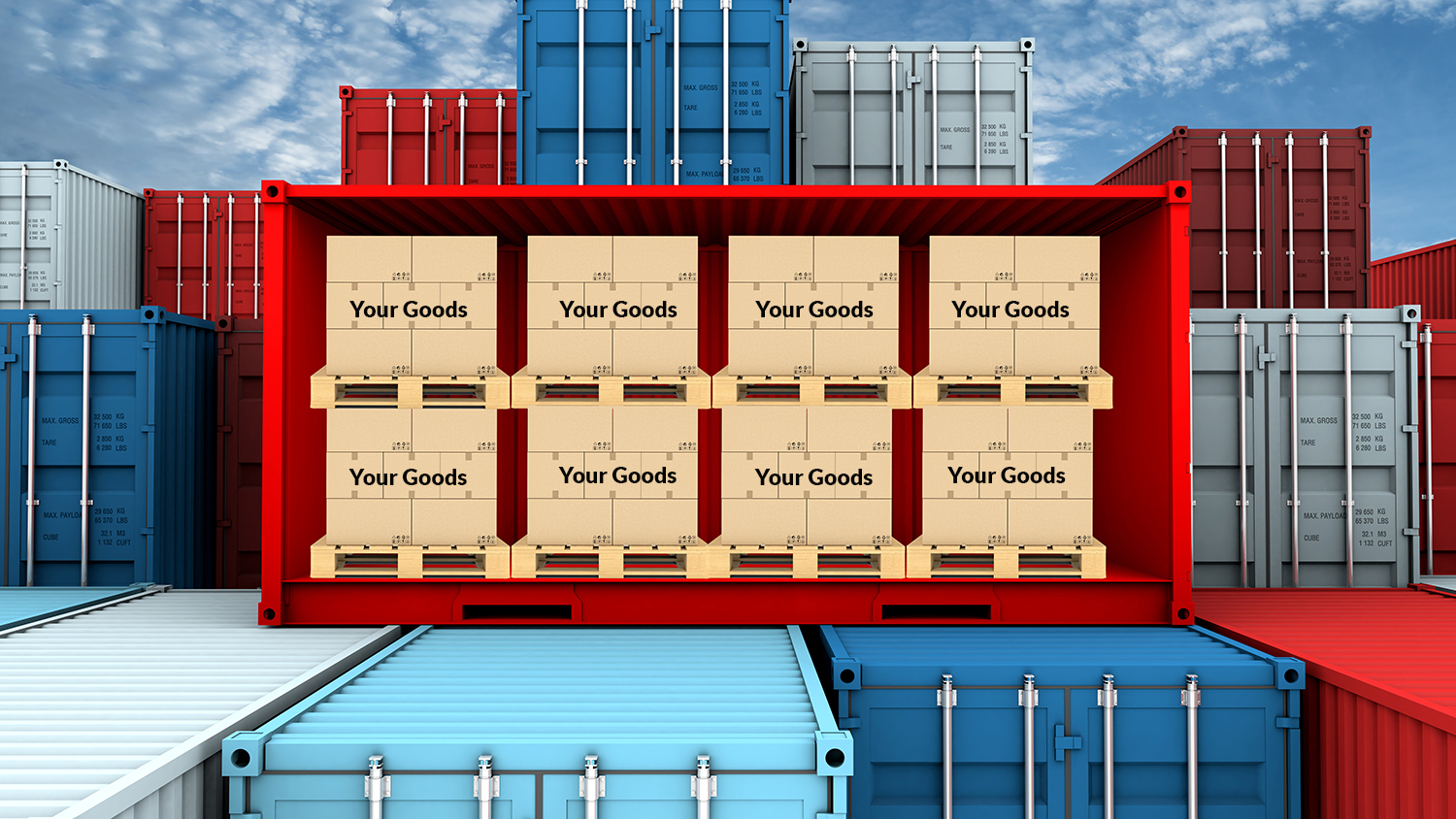
FCL (Full Container Load)
With a FCL (Full Container Load) your goods would be enough to fill an entire container or where an entire container is booked by and exclusive to a single entity.
FCL shipments can have certain benefits. Your shipment will not be packed or booked with others and LCL shipments can typically need additional handling from port to port. This can mean:
- Security Advantages
- Faster transit times
- Fewer shipments
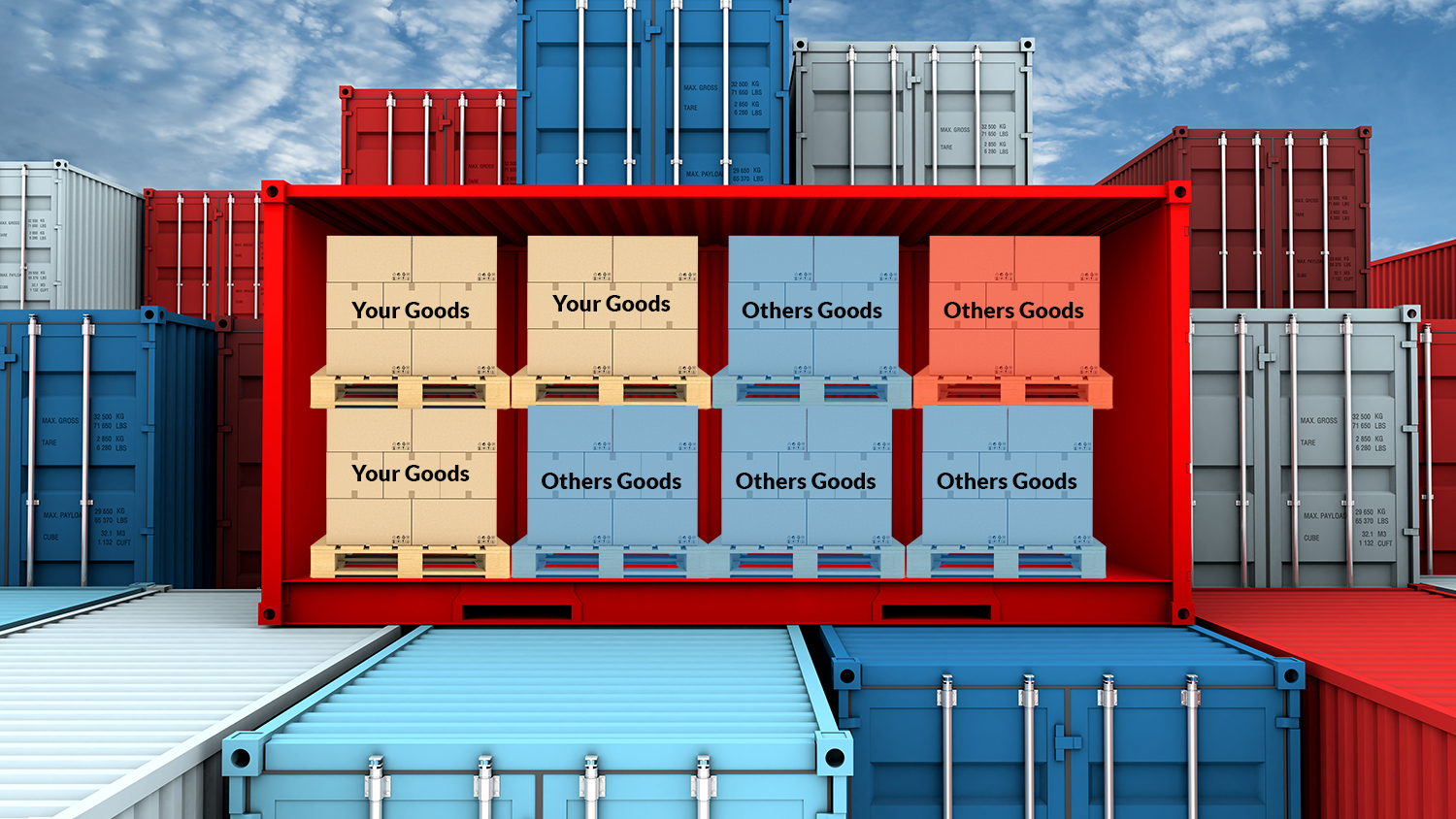
LCL (Less than Container Load)
This would be an LCL (Less than Container Load). Your goods would share space with other companies’ shipments in order to fill a container.
There are practical applications to ship LCL (less than a container):
- Inventory management/ limited storage space. Your business may not allow for keeping large quantities of merchandise or tying up funds in a large amount of goods. You can find warehousing by GLC, here.
- Can be good means for shipping small quantities/test products. LCL can become an advantage if you are shipping a batch of test products or a special order.
If you have any questions about freight forwarding or would like to know more about the pricing structure of FCL vs. LCL please contact us.
Here are seven different types of shipping containers that will fit the needs of your upcoming shipment.
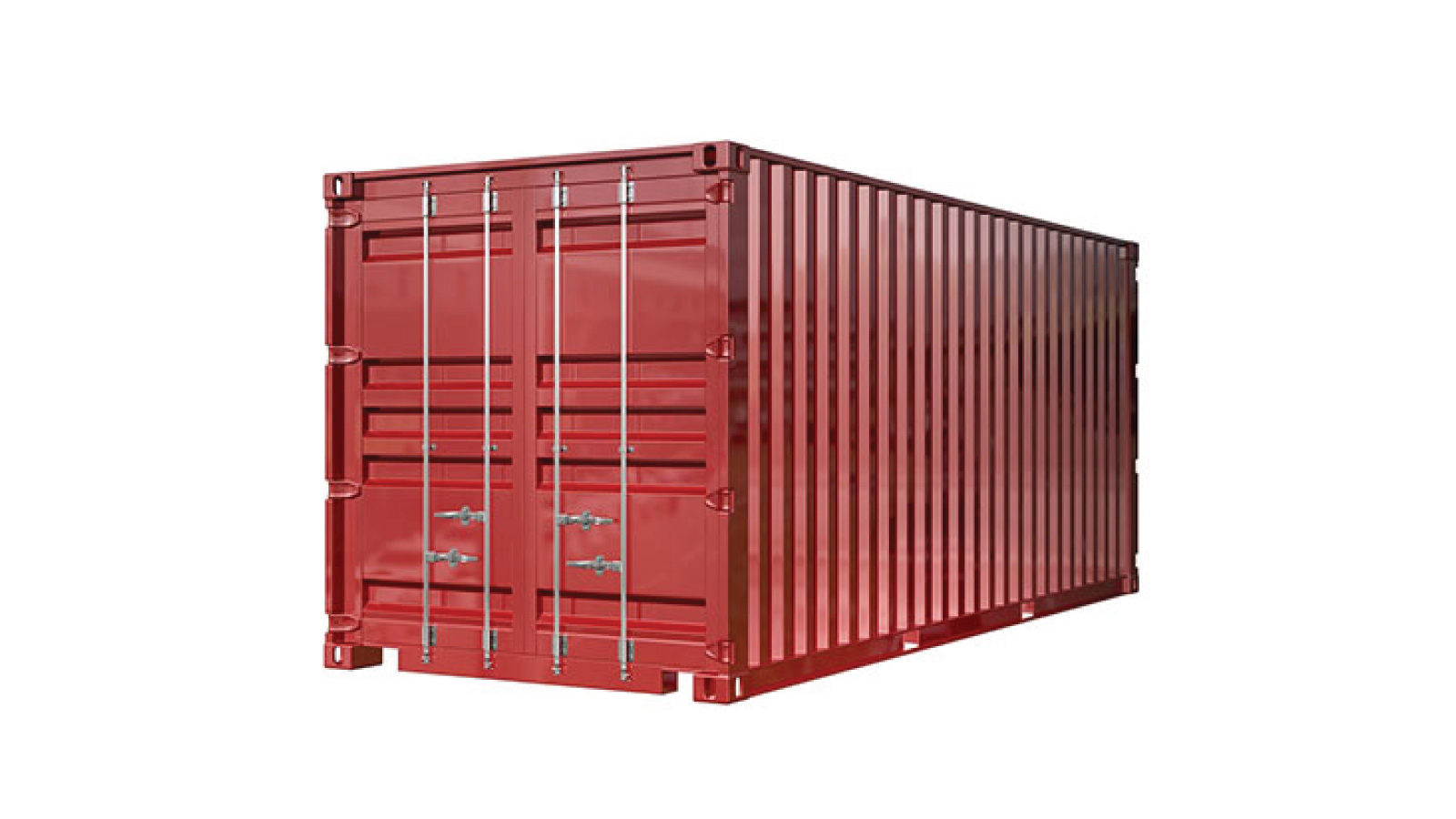
Standard Shipping Container
Standard containers are fully enclosed with steel walls and one end will have a door for loading and unloading.
Sizes: (Length x Width x Height)
- 20’ x 8’ x 8’6”
- 40’ x 8’ x 8’6”
- 40’ x 8 x 9’6” (High Cube)
Standard shipping containers are standard for a reason; because they are the most widely used types of containers and is by far the most popular shipping option. They are typically used for the majority of the world’s dry cargoes packaged in boxes, bags, pallets ect.
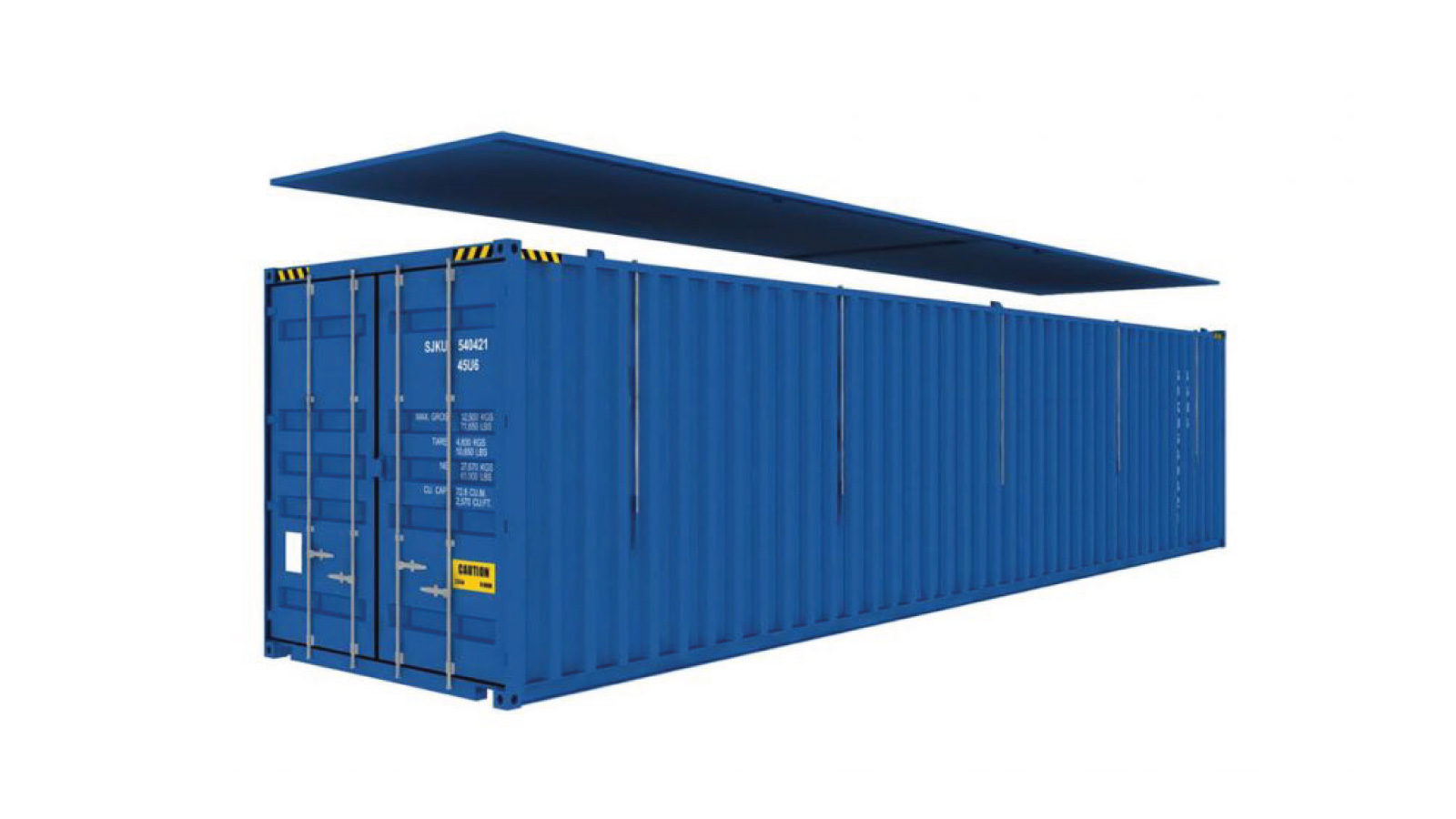
The Hard Top Container
Hard top containers are used for a variety of things, but more commonly for heavier cargo. The top of a hard top container can be removed so goods can be craned into the container, also the top can be left open and stored inside the container for very tall items.
The entire steel construction including the full length of the floor can offer some versatility when shipping heavier items.
Sizes: (Length x Width x Height)
- 20’ x 8’ x 8’6”
- 40’ x 8’ x 8’6”
- 40’ x 8 x 9’6” (High Cube)
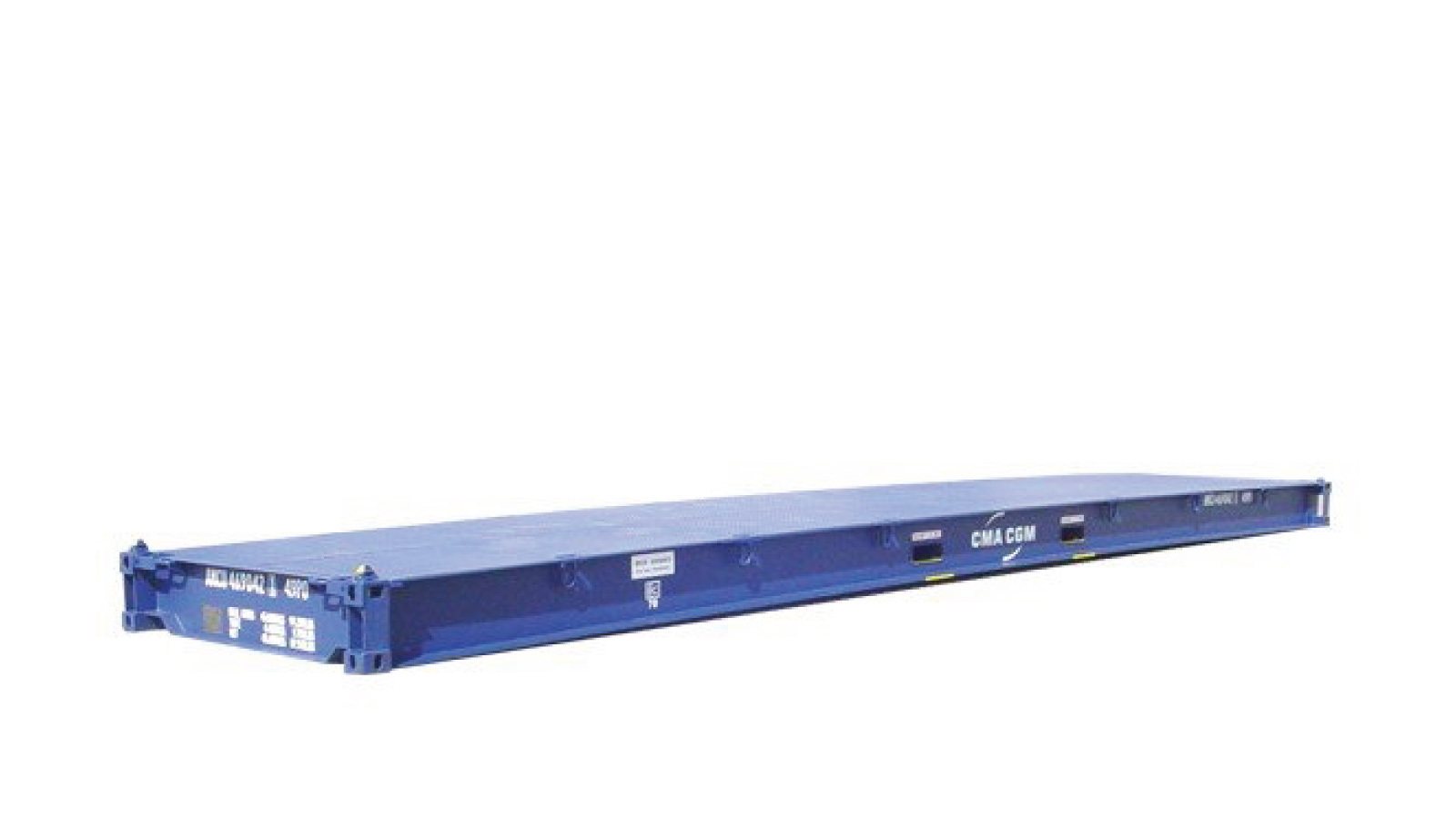
Platform Container
A platform ocean shipping container doesn’t have any walls or a top and is simply a floor structure that’s made of a steel frame and a wooden floor which are generally used for oversized and heavy loads.
Sizes: (Lenght x Width x Height)
- 20’ x 8’ x 8’6”
- 40’ x 8’ x 8’6”

Flat Rack Container
The flat rack container has fixed walls on the short ends of a standard container leaving the long walls absent. There are also collapsible versions of this container (Pictured) that allows it to take up less space when not in use at the cost of some strength in the walls.
Sizes: (Length x Width x Height)
- 20’ x 8’ x 8’6”
- 40’ x 8’ x 8’6”
- 40’ x 8 x 9’6” (High Cube)
The flat rack containers can be used to ship several different items that are either over-sized or do not need the full protection of 4 container walls. This type of container also allows multiple ways of offloading merchandise.
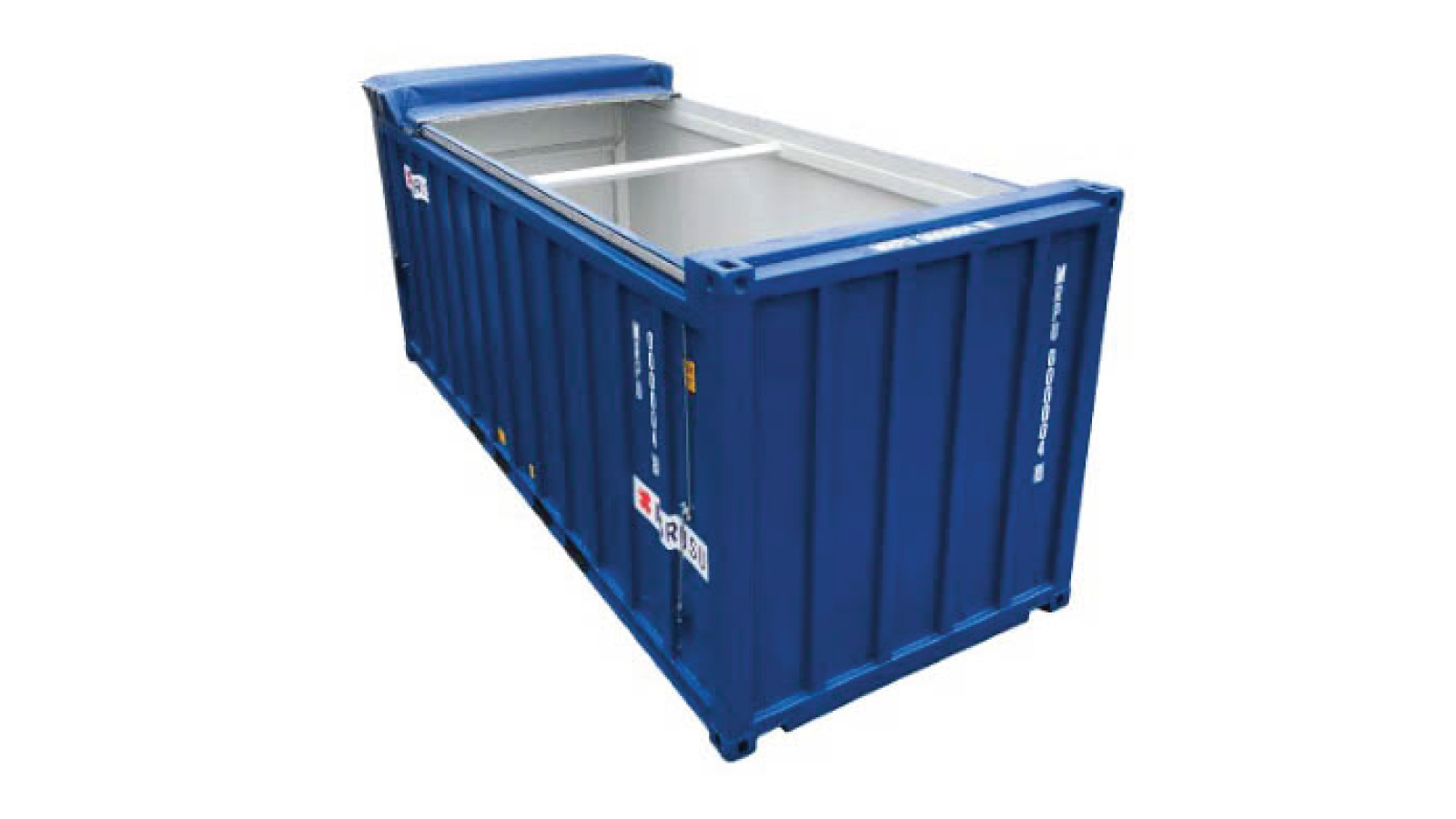
Open Top Container
Just like it sounds, the open top container is a standard shipping container with an open top plus a few other notable features.
Sizes: (Length x Width x Height)
- 20’ x 8’ x 8’6”
- 40’ x 8’ x 8’6”
- 40’ x 8 x 9’6” (High Cube)
The open-top container is similar to the hard-top container aside from the open-top container forgoes a rigid steel roof in favor a heavy duty tarp that can be rolled back and in most cases sealed on the sides. The container does come with a door on one or both sides which allows versatility in loading and unloading the container.
Heavy or bulk cargo can be found in open-top containers and is utilized in situations where goods are being loaded with a crane or are too tall to fit in a standard-sized container.
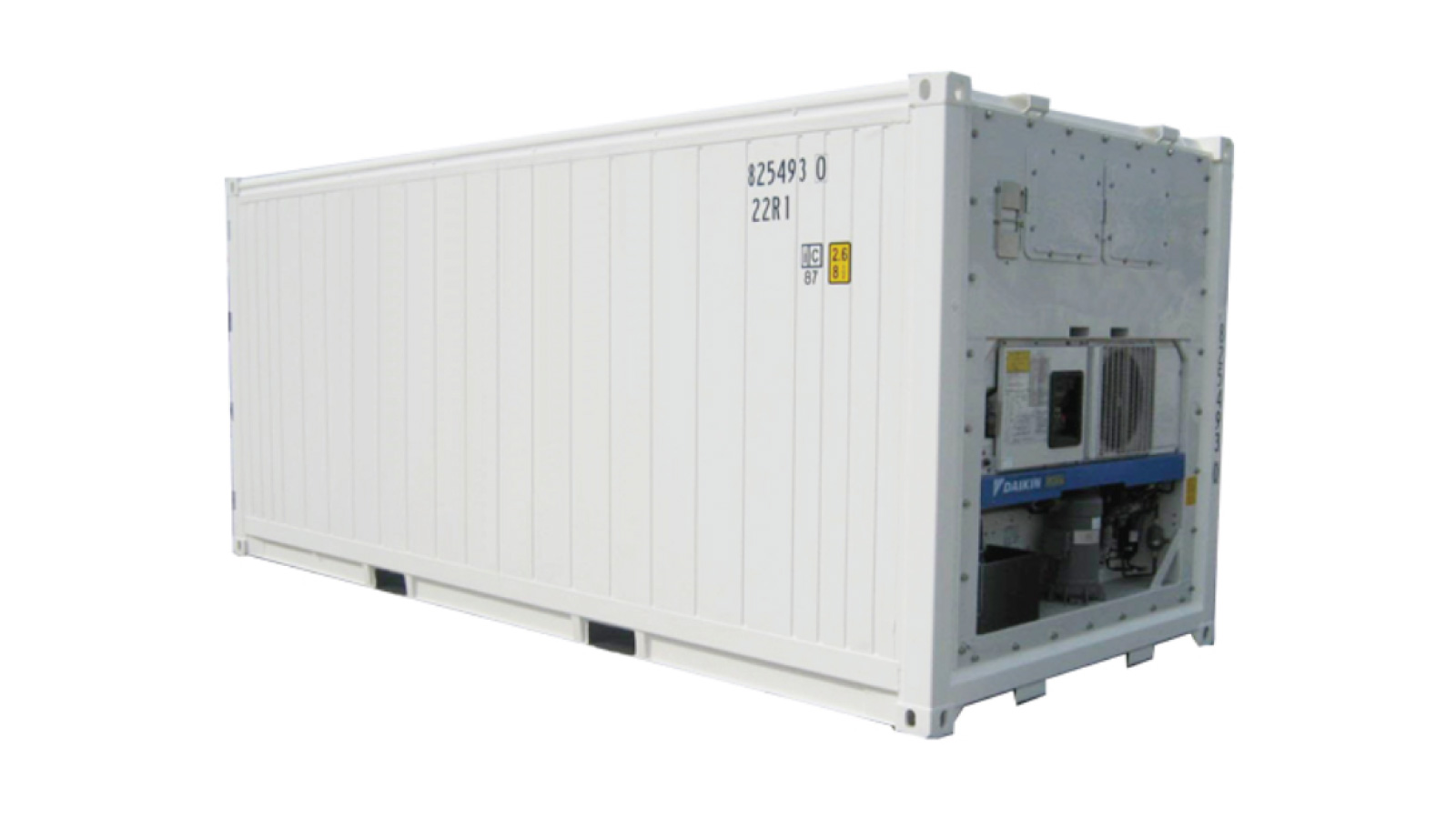
Reefer Container
The reefer container or refrigerated container is built to keep cargo warm or cold. Thermally insulated walls are paired with compressors that allow the goods being shipped to remain at a constant temperature. There’s usually adjustable ventilation that will allow the container to have better internal airflow if needed.
Sizes: (Length x Width x Height)
- 20’ x 8’ x 8’6”
- 40’ x 8’ x 8’6”
- 40’ x 8 x 9’6” (High Cube)
A reefer container is used to store or transport frozen or cold goods perishable items or goods that require temperature control.
Reefers make an excellent, portable solution for short or long-term storage and can be used to ship or truck goods over long distances as they can be plugged into the power station on ships or have clipped-on generators attached.
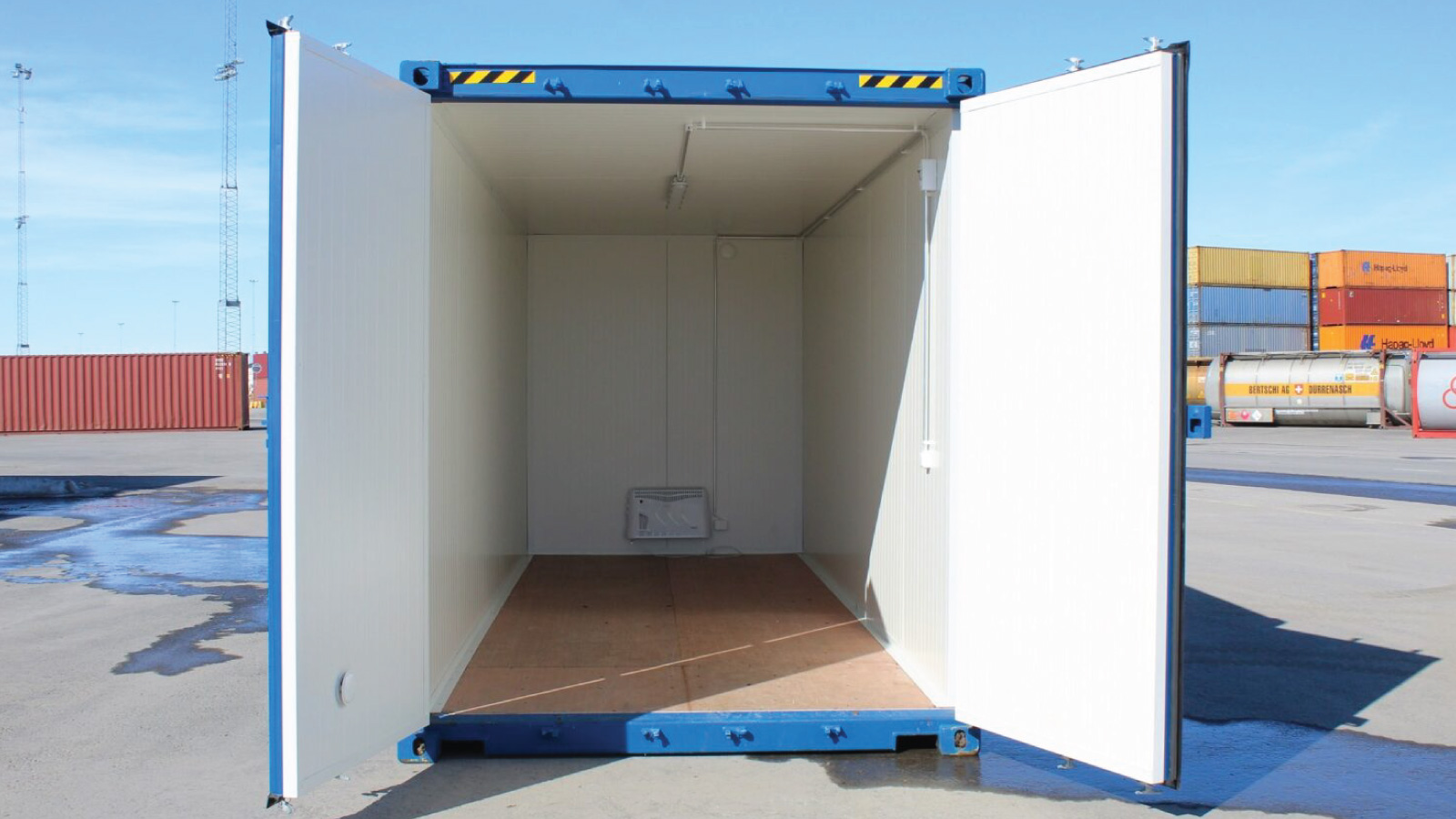
Insulated Container
A clean dry space for your goods. Insulated containers are used in situation where the importer/exporters want to keep moisture from building up on the inside of the container or want to keep their goods at a specific temperature.
Sizes: (Length x Width x Height)
- 20’ x 8’ x 8’6”
- 40’ x 8’ x 8’6”
- 40’ x 8 x 9’6” (High Cube)
Insulated containers also provide a door on one of the short ends for loading/unloading and ventilation.
Insulated containers can use the vessels cooling “clip-on” unit for temperature control.

